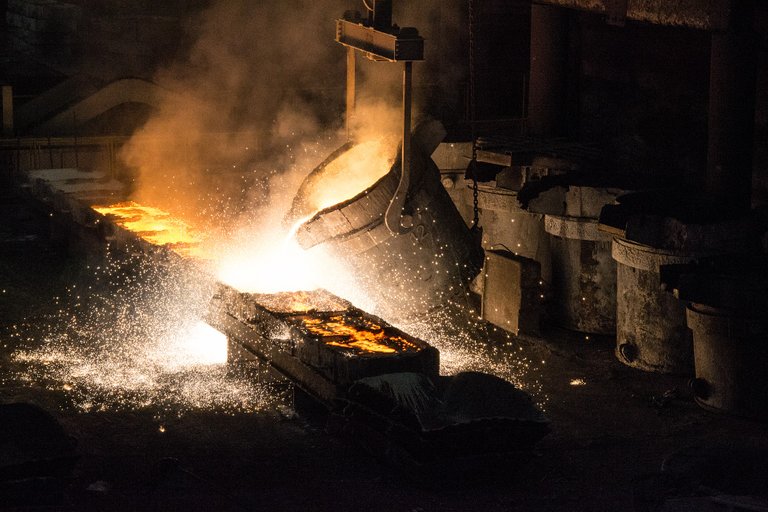New Supereslastic Iron-Nickel Alloy With A Bit Of Chrome
An alloy made from nickel, and a very precise amount of chrome is superelastic. But as super durable because compared to other similar alloys it keeps its incredible properties in a really wide range of temperatures.

Image by kepinator from Pixabay
- Be also sure to check out my other posts and follow me @kralizec and subscribe to my Youtube channel at Kralizec Gaming Youtube Channel
Superelastic alloys are metal materials that are also called shape-memory alloys. They are very elastic and thus can be deformed to return to their original shape. Both shape-memory and superelasticity are based on something called Martensitic transformation which is a phenomenon similar to ferromagnetism. It is a transformation of the crystalline structure of the alloy where the atoms in the crystalline matrix move in a smaller distance than the distance between the atoms are.
Such transformations are largely based on surrounding conditions such as temperature or magnetism. Superelastic alloys are already being used in many applications such as glasses or braces. But, at the same time, there are various limitations that stop us from using them where we’d like. The biggest one is that these alloys tend only to work in a very narrow temperature range – usually from roughly -20° Celsius to +80° Celsius. And they also tend to be made from expensive materials such as titanium or nickel.
Japanese experts from Tohoku University recently came up with a new incredible superelastic alloy which promises a much wider range of applications then we are used to. It is made from iron, nickel, and chrome. And the amount of chrome needs to be exact. By getting the “recipe” right the scientists created a superelastic alloy capable of keeping its superelastic properties at temperatures from -263° Celsius to +200° Celsius.
Such a durable alloy introduces very interesting possibilities. For example, its creators think it will find its use in technologies intended to be used in space. In the extreme environments that can be found for example on the Moon or on Mars where temperature can easily reach -170° or 120° Celsius respectively. But, that doesn’t mean it could not find its uses even here on Earth.
Sources:
- If you like the content I’m producing about science maybe you will like the content I produce about gaming as well! Be sure to check out my other posts!